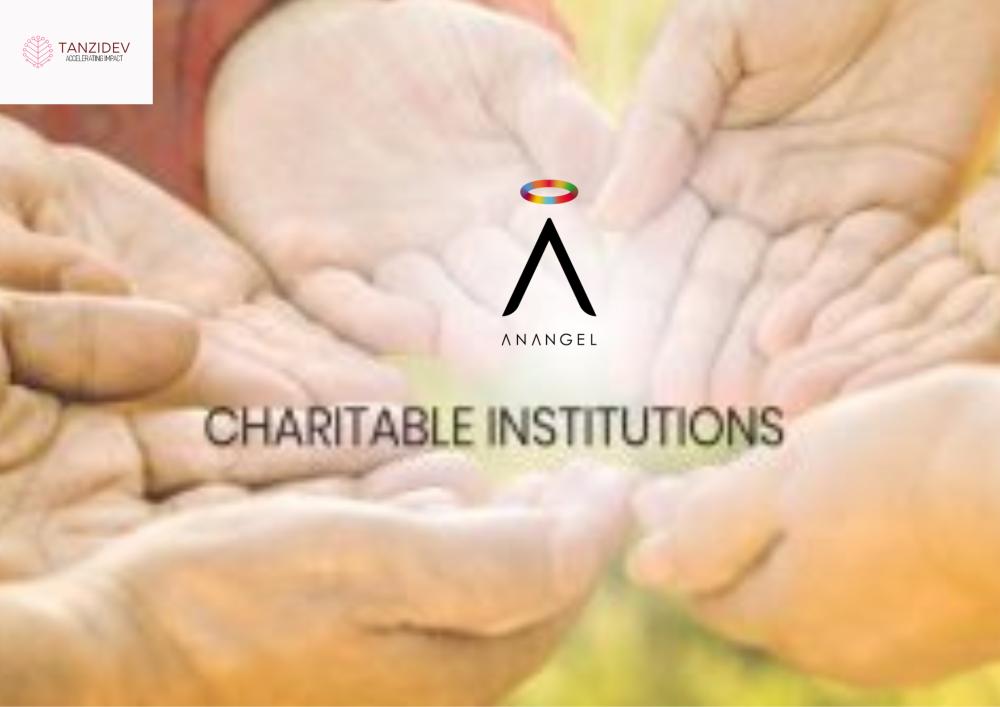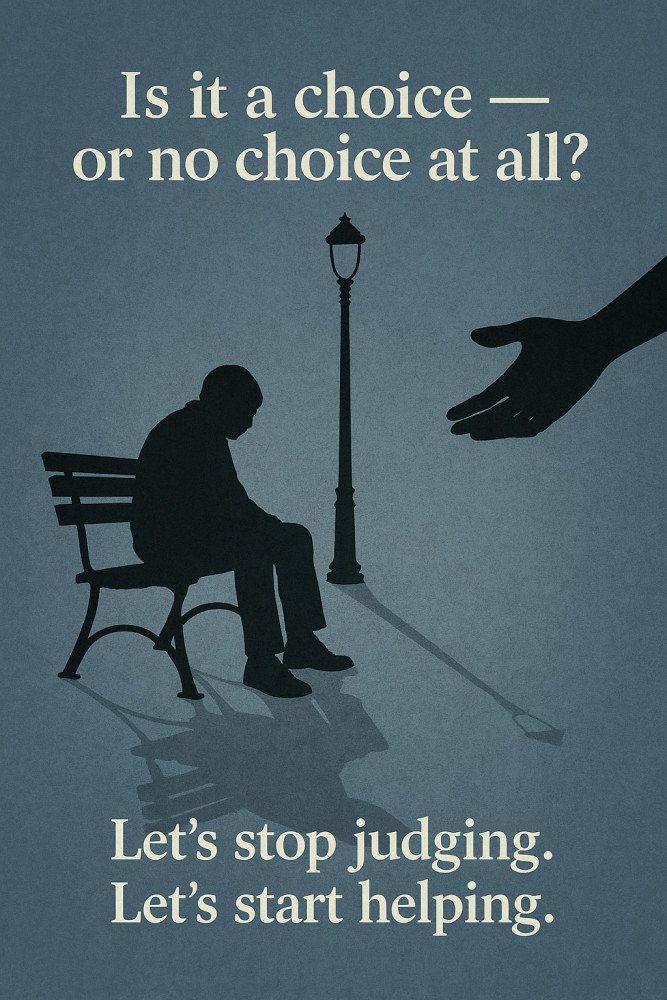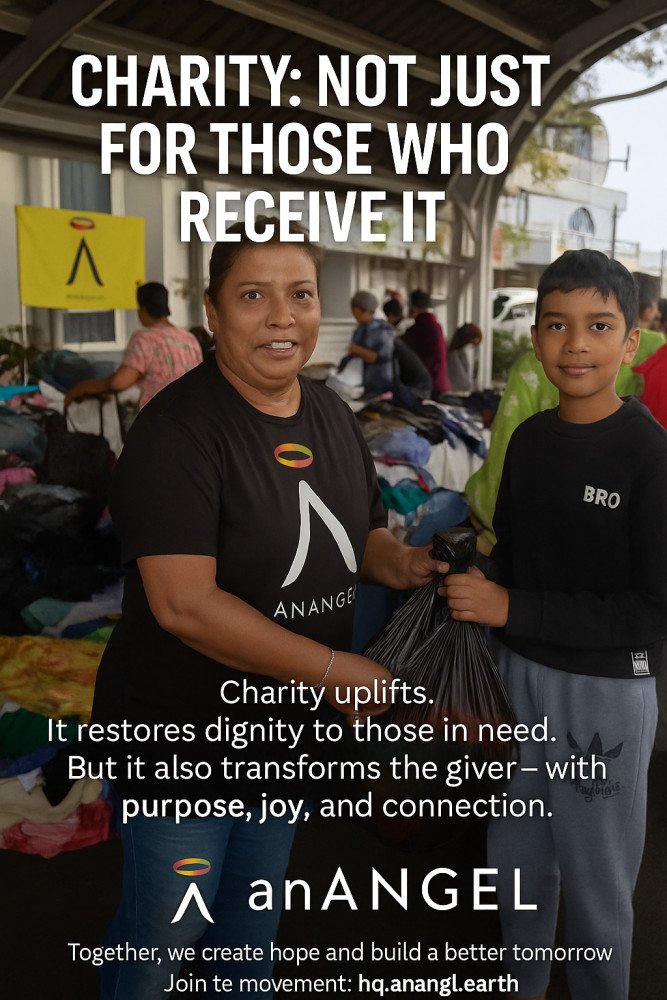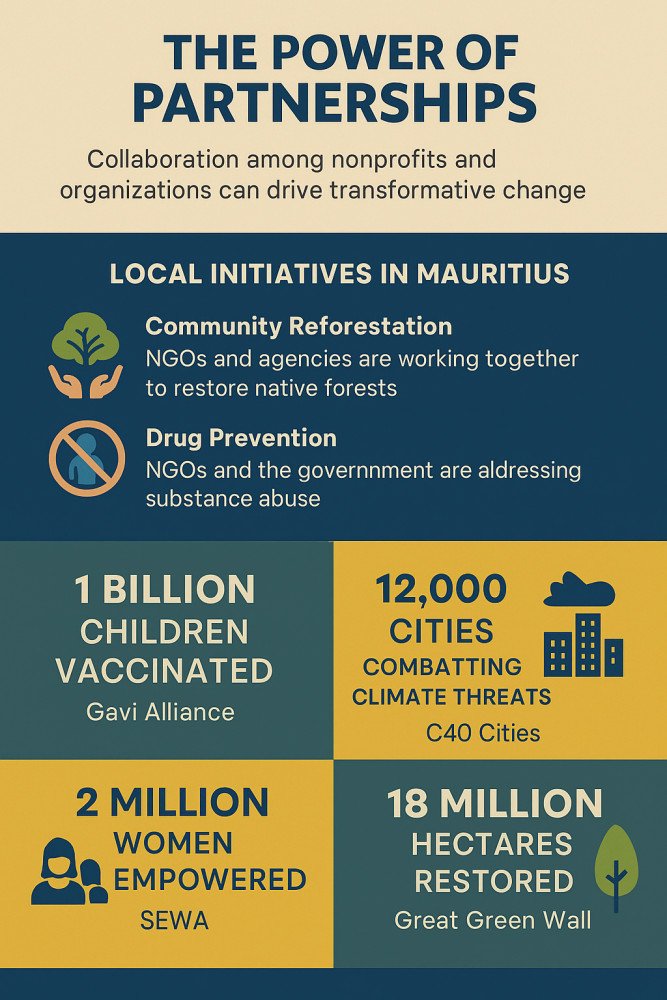

Building a Sustainable Future: Exploring the 17 Sustainable Development Goals
The Sustainable Development Goals (SDGs) are a transformative agenda adopted by the United Nations in 2015, serving as a global call to action for a more sustainable and equitable future. Consisting of 17 interconnected goals, the SDGs aim to address the most pressing social, economic, and environmental challenges facing our world today. In this blog, we will explore each of the 17 SDGs, highlighting their significance and the collective efforts required to achieve them.
No Poverty (SDG 1)
SDG 1 seeks to eradicate extreme poverty, ensuring that all people have access to basic resources, social protection, and economic opportunities. It aims to address the root causes of poverty and create a more equitable society.
Zero Hunger (SDG 2)
SDG 2 focuses on ending hunger, achieving food security, improving nutrition, and promoting sustainable agriculture. It calls for the transformation of food systems to ensure that everyone has access to safe, nutritious, and sufficient food.
Good Health and Well-being (SDG 3)
SDG 3 aims to ensure healthy lives and promote well-being for all at all ages. It addresses various health challenges, including maternal and child health, infectious diseases, mental health, and universal health coverage.
Quality Education (SDG 4)
SDG 4 emphasizes the provision of inclusive and equitable quality education for all. It calls for ensuring access to lifelong learning opportunities, promoting gender equality in education, and improving educational infrastructure.
Gender Equality (SDG 5)
SDG 5 focuses on achieving gender equality and empowering all women and girls. It aims to eliminate discrimination, violence, and harmful practices against women, while promoting equal rights, opportunities, and participation in decision-making.
Clean Water and Sanitation (SDG 6)
SDG 6 aims to ensure the availability and sustainable management of clean water and sanitation for all. It addresses water scarcity, water pollution, and inadequate sanitation, promoting responsible water use and proper sanitation practices.
Affordable and Clean Energy (SDG 7)
SDG 7 calls for ensuring access to affordable, reliable, sustainable, and modern energy for all. It emphasizes the promotion of renewable energy sources, energy efficiency, and expanding energy infrastructure to achieve universal access to electricity.
Decent Work and Economic Growth (SDG 8)
SDG 8 focuses on promoting sustained, inclusive, and sustainable economic growth, full and productive employment, and decent work for all. It addresses issues such as job creation, labor rights, entrepreneurship, and fair and equitable economic opportunities.
Industry, Innovation, and Infrastructure (SDG 9)
SDG 9 aims to build resilient infrastructure, promote inclusive and sustainable industrialization, and foster innovation. It calls for investments in infrastructure, technological advancements, and sustainable industrial practices.
Reduced Inequalities (SDG 10)
SDG 10 seeks to reduce inequalities within and among countries. It addresses income inequality, social inclusion, and equal opportunities for all, irrespective of age, gender, disability, or other factors.
Sustainable Cities and Communities (SDG 11)
SDG 11 focuses on creating inclusive, safe, resilient, and sustainable cities and communities. It aims to enhance urban planning, improve access to affordable housing, promote sustainable transport, and protect cultural and natural heritage.
Responsible Consumption and Production (SDG 12)
SDG 12 calls for promoting sustainable consumption and production patterns. It emphasizes the need for efficient resource use, reducing waste generation, and promoting sustainable practices in industries and businesses.
Climate Action (SDG 13)
SDG 13 addresses the urgent need to take action to combat climate change and its impacts. It calls for global efforts to reduce greenhouse gas emissions, adapt to climate change, and promote sustainable practices to mitigate its effects.
Life Below Water (SDG 14)
SDG 14 focuses on conserving and sustainably using the oceans, seas, and marine resources. It aims to protect marine ecosystems, combat ocean pollution, and promote sustainable fisheries and coastal conservation.
Life on Land (SDG 15)
SDG 15 aims to protect, restore, and sustainably manage terrestrial ecosystems, forests, and biodiversity. It calls for halting deforestation, combating desertification, and promoting sustainable land use practices.
Peace, Justice, and Strong Institutions (SDG 16)
SDG 16 seeks to promote peaceful and inclusive societies, provide access to justice for all, and build effective, accountable, and inclusive institutions at all levels. It addresses issues such as violence, corruption, and promoting the rule of law.
Partnerships for the Goals (SDG 17)
SDG 17 recognizes the importance of global partnerships and collaboration to achieve the other 16 goals. It calls for enhancing international cooperation, promoting sustainable development financing, and fostering technology transfer and capacity-building.
Conclusion
The 17 Sustainable Development Goals provide a comprehensive framework to address the interconnected challenges facing our world. By recognizing the importance of eradicating poverty, protecting the planet, and promoting social well-being, the SDGs offer a roadmap for sustainable development. Achieving these goals requires collective action, involving governments, businesses, civil society, and individuals worldwide. Let us join forces and work towards building a more sustainable and inclusive future for all.


